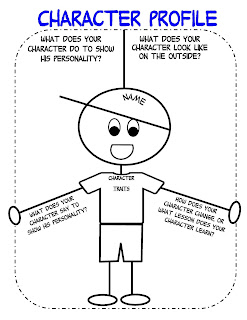It’s because they have whole departments of people dedicated to studying and observing their (potential) customers.
Through probing questions and interviews and surveys, Customer
 |
| Photo: Courtesy of ReadWrite |
As I thought about that task and the work it takes to get at that
 |
| Photo courtesy of Scholastic |
In order to create a character who is alive for the reader, who seems to reach out from the pages of the book to command a place in the real world, an author has to KNOW that character. Which means not just knowing what fires their passions or sparks their fear but WHY! Every action, reaction, and decision must have a reason behind it. We must constantly interview our characters to understand why they want what they want and do what they do.
Writers call these reasons “motive” and “backstory.” CX experts
 |
| Photo courtesy of UXdesign.cc |
In addition, we writers also live a good chunk of our lives in that detached third realm of observation. That’s how many of us come up with our plot lines and characters, isn’t it? By watching people, listening to the inflection of their voices, tracking the bend and twist of expressions that cross their faces? We know how to study individuals, how to look for the hidden and see what others don’t.
CX professionals do the same. What customers “say” and what they “do” are often very different things, and it takes close
 |
| Photo courtesy of HelpScout |
Customer Experience has been around a long time, but the profession is getting more attention as “the age of the customer” dawns. More and more companies are investing in these skills, and more schools are offering classes and degrees in this field. For those authors looking for a “day job” to support their author moonlighting, CX just might be a natural fit!











Customer experience needs to become part of retail training.
ReplyDelete